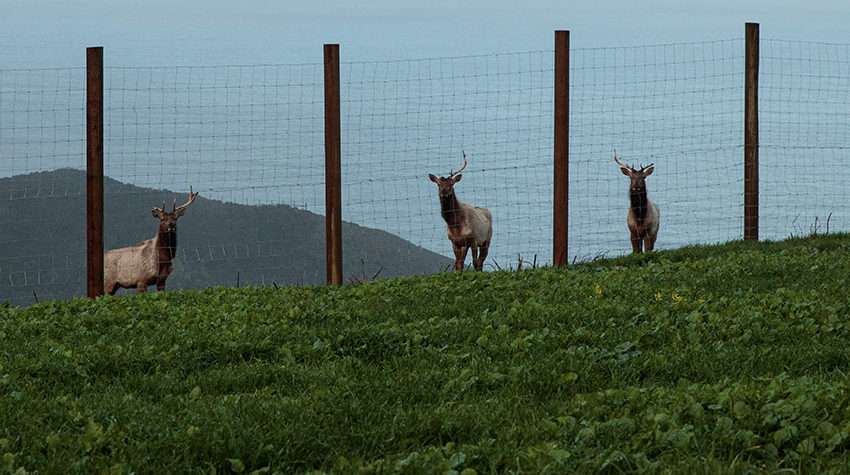
July 20, 2021Animal Law & Policy Clinic, Media ReleaseThe Park Service Keeps Revising Pertinent Facts to Suit its Needs
For immediate release: July 20, 2021
Today (July 20th) Harvard Law School’s Animal Law & Policy Clinic filed a reply to the government’s opposition brief (that was submitted to the Court on July 14) in our lawsuit against the National Park Service for its failure to protect tule elk.
Below is what we say about the governments assertion in its opposition brief that the fence isn’t a problem, and here are videos and images of the elk near the fence, including a fawn and its mother who have been separated by it. If used, please credit Matthew Kline (images) and Tony Sehgal (video).
Read the full lawsuit on behalf the Animal Legal Defense Fund and several California residents and our subsequent motion for emergency relief, which we filed before the governments opposition brief and our response. The next step will be the judge ruling or call a hearing.
For more information or to interview the lead attorney in this case please contact Sarah Pickering, [email protected], 617 852-6484
ARGUMENT
- THE COURT SHOULD NOT ACCEPT DEFENDANTS’ FACTUAL ASSERTIONS NOR DEFER TO THE AGENCY’S “EXPERTISE” IN MANAGING THE TOMALES ELK.
- The Park Service Keeps Revising Pertinent Facts to Suit its Needs.
While the Park Service urges this Court to accept its presentation of the pertinent facts in this case, in light of the many inconsistencies that the agency has put forward in the last few years about this matter the Court should be extremely wary of doing so. To begin with, we know there is a fence maintained by the Park Service that runs along the entire southern border of the Tomales’ elk habitat, and that, as a result, the Tule elk who live there are unable to reach water and forage on the other side of the fence. See, e.g., Declaration of Dr. Howell, Pl. Ex. G, ECF No. 8-9, ¶¶ 4, 7-8. We also know that the whole reason the fence was installed over 43 years ago was to keep the elk on Tomales point from competing for water and forage used by cattle south of the fence. See 1998 Plan, Pl. Ex. A, ECF No. 8-3, at 8 (“The erection of a three-mile fence across the peninsula from the Pacific Ocean to Tomales Bay isolated the herd from adjacent dairy farms”) (emphasis added).
Yet, now for the first time, in an effort to defeat Plaintiffs’ request for emergency relief, the Park Service would have this Court believe that the fence has nothing to do with keeping the elk from habitat used by the ranches, because the Tomales elk have no interest in traveling south of the fence. See, e.g., Defendants’ Memorandum (“Def. Brf.”) at 21-22 (asserting that “because the elk have never been observed moving generally toward the fence, and tend to inhabit the same areas year after year regardless of drought, fence removal would be unlikely to lead to migration of the elk out of the Reserve”) (emphasis added); id. (“Plaintiffs cannot show that removing the fence would improve conditions for the elk herd”) (emphasis added).
However, if, in fact, the existence of the fence is so meaningless—i.e., it neither deprives the Tomales elk of any food or water, nor is needed to protect the cattle ranches from competition from the elk—what possible purpose does this human-erected fence serve at this point in time, and why is the Park Service so bent on keeping it in place? This glaring inconsistency in the Park Service’s narrative alone should make this Court wary of uncritically accepting the agency’s many self-serving factual statements.
